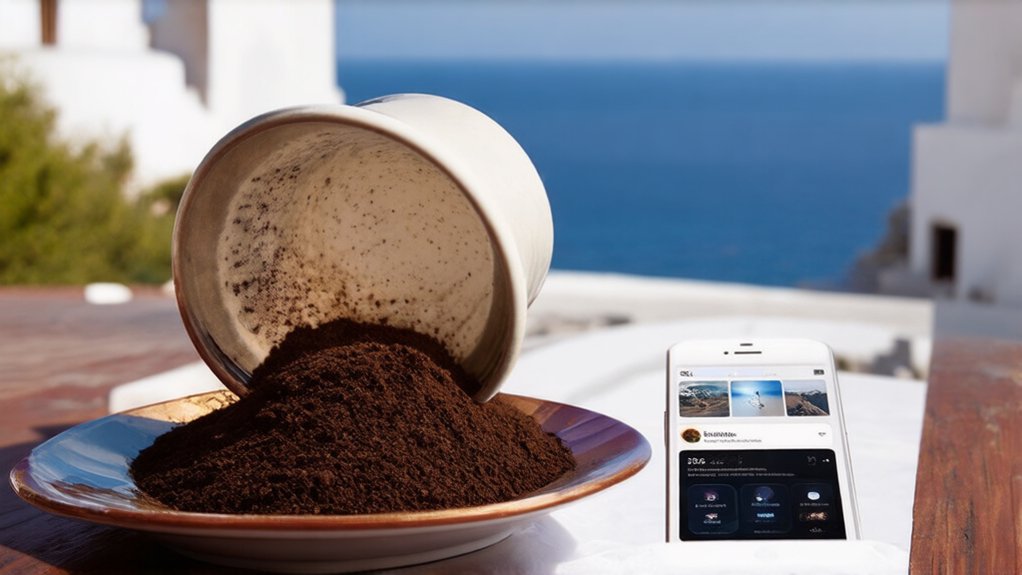Mother’s Day, often just an excuse for sappy cards and overpriced flowers, actually traces back to gutsy women in the 19th century who fought for more than just family picnics.
Take Ann Reeves Jarvis, for instance. In West Virginia, before the Civil War, she organized “Mothers’ Day Work Clubs” to teach women about child care and sanitation. These clubs didn’t stop at recipes; they became a lifeline in a divided region, bridging gaps during the war. Ann nursed soldiers from both sides, pushing for better sanitation in Union and Confederate camps.
Ann Reeves Jarvis pioneered Mothers’ Day Work Clubs in West Virginia, teaching child care and sanitation while bridging war divides and nursing soldiers from both sides.
Then, in 1868, she pulled off a “Mothers’ Friendship Day” to heal wounds between former enemies. Oh, and her 1876 prayer in a Sunday school class? That sparked something big in her daughter, Anna.
Enter Julia Ward Howe, another firebrand. In 1870, fresh from the horrors of the Civil War and Franco-Prussian mess, she issued a “Mother’s Day Proclamation.” This wasn’t about Hallmark moments; it was a call for peace, urging women to band together against war. She wanted an international congress to settle disputes amicably and proposed a June “Mother’s Day for Peace.” A few places tried it, but hey, it fizzled out quick. People moved on, forgetting the sarcasm in her plea for sanity.
Anna Jarvis picked up the torch. After her mother’s death in 1905, this single woman, with no kids of her own, pushed for a day to honor mothers’ sacrifices. Inspired by her mom’s vision, she focused on personal tribute, not global peace like Howe.
By 1907, she organized a preliminary service in Grafton, West Virginia. The next year, on May 10, 1908, the first official event hit the same church, with a bigger bash in Philadelphia. John Wanamaker backed it, turning heads. This gathering was recognized as the first formal church service that helped establish the holiday’s national prominence.
The momentum built fast. By 1909, New York’s celebrations were in full swing. Anna didn’t stop; she launched a relentless campaign, writing letters, giving speeches, even forming the Mother’s Day International Association in 1912.
Come 1914, Congress passed the law, and President Wilson proclaimed it a national holiday on May 9. These women? They fought tooth and nail, turning a simple idea into a movement.
Today, it’s commercialization at its finest, but don’t forget the real struggle behind it. In line with our purpose to create and share meaningful stories, Hearst Networks offers original high-quality programming that continues to inspire audiences. Irony, right? Gutsy legacies reduced to brunch specials.




